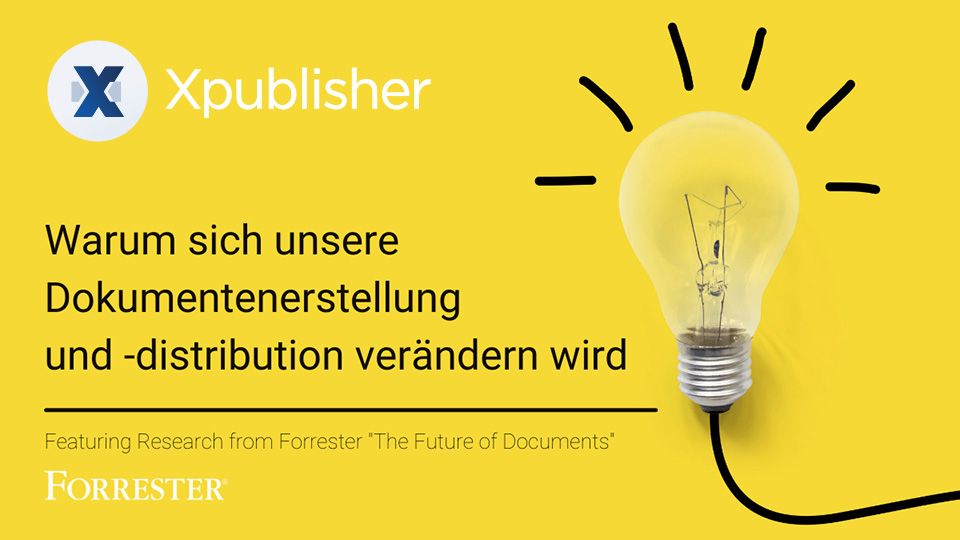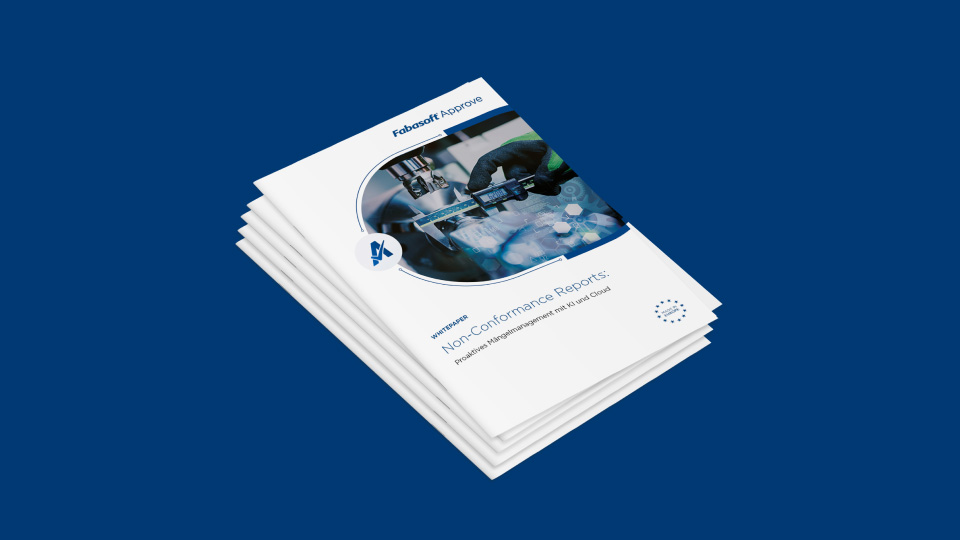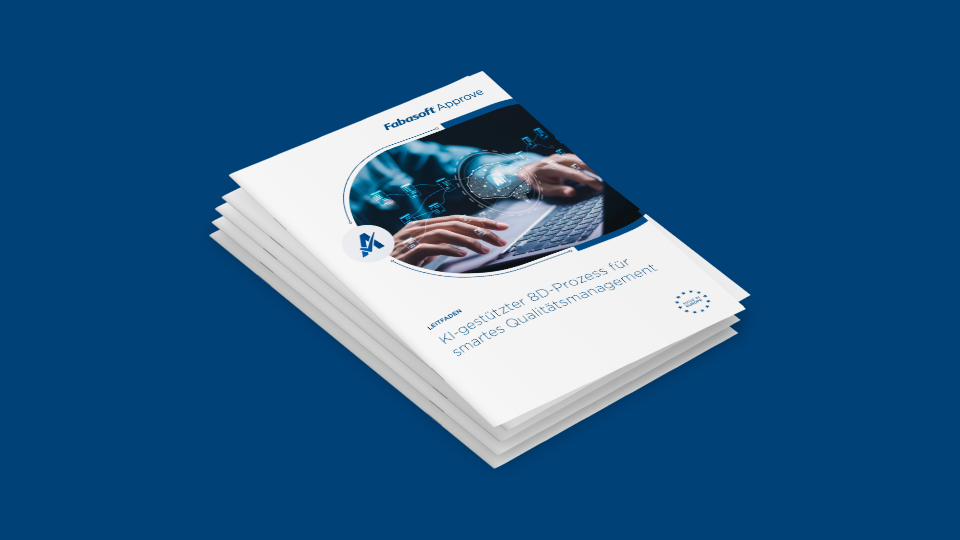In Forrester’s “The Future of Documents” report, the analysts led by Cheryl McKinnon predict that in the next five to seven years, the way documents are created and distributed will undergo a complete transformation.
But why is this happening in the first place? And how does this transformation look? The industry is facing a paradigm shift. To address the challenges of a global and digital world, businesses have to adapt and be prepared for the impending wave of change.
Targeted, audience-specific document preparation is imperative
Our approach to content consumption has changed radically over the past few years. Alongside traditional print products, new digital platforms continue to emerge, offering content that is perfectly tailored to the needs of the readership. And that’s not limited to the B2C space.
The technical documentation sector is leading the way. We're talking about personalization, mobile support, and smart information; in other words, intelligent, dynamic information that is instantly accessible. The one route to getting there: a document that’s adapted to its intended use and tailored to meet the needs of the target group, and one that can be read by both humans and machines.
The objective: Automated document generation processes
To begin with, this requires a new way of looking at data generation, which nowadays has nothing to do with physical paper. This transformation needs to be echoed in our perspective as well as in our language. It entails a departure from the traditional, static page format and a move towards content that can be used in any way the user chooses, effectively divorcing information from its visual presentation.
Today, the creation process lacks the flexibility needed to accommodate the very dynamic world of publishing. If a media company manages content on multiple channels simultaneously and handles this manually, the required time and effort will be comparatively high. The only way to address that is to intensify digitalization efforts across the board, with the objective of automating content provision for multichannel publishing.
How companies can prepare themselves
The foundation for creating an automated process from content creation to content distribution is structured data. A point that is also made clear in the Forrester report. Semantically marked information provides the necessary structure. Semantic marking makes documents machine-readable and facilitates simple preparation for further processing – including distribution in a variety of channels and formats.
Which brings us back to why companies are being advised to focus on structure as early as the content generation stage. And that process is rendered simple and efficient thanks to modern online XML editors such as Xeditor, which are designed to help authors create intuitive, structured, and media-neutral content.
Using a web-based editorial system like Xpublisher, digital and print publishing can be done fully automatically. Structured data is the gateway to the new world of document creation and distribution, and to thriving in the (industry’s) future. The tools you need are ready when you are.




